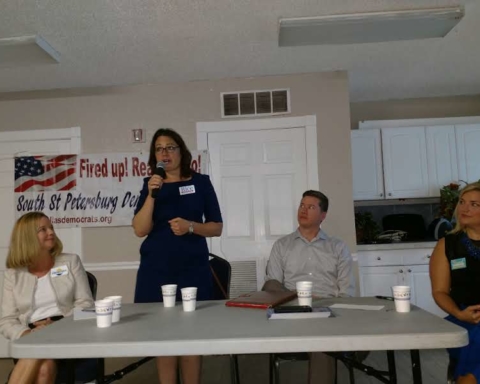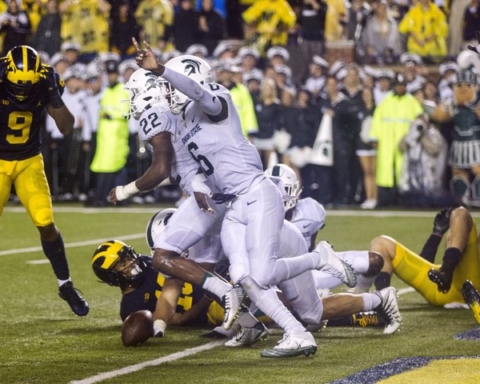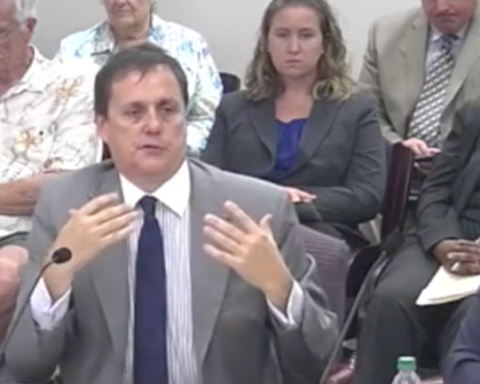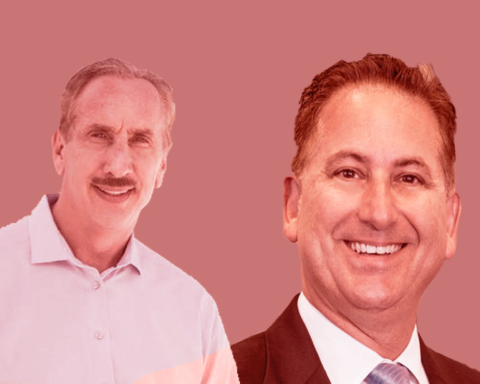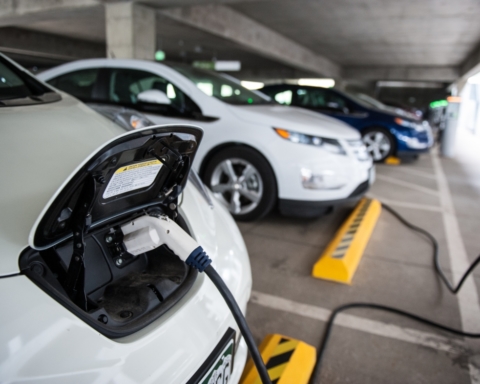Unemployment in the U.S. has dropped to a seven-year low of 5.5 percent — a level normally considered the mark of a healthy job market. Yet that number isn’t as encouraging as it might sound.
While U.S. employers added a solid 295,000 jobs in February, and the jobless rate fell from 5.7 percent, it went down mostly because many people gave up looking for work and were no longer officially counted as unemployed, the government reported Friday. What’s more, wage gains remained sluggish.
Those trends suggest that the job market, while improving rapidly, isn’t quite as healthy as it looks.
That complicates the Federal Reserve’s task of figuring out when the economy has strengthened enough to withstand higher interest rates. The Fed is considering a rate increase as early as June.
With Friday’s report, employers have now produced 12 straight monthly job gains above 200,000. It’s the longest such stretch since 1994-95.
The U.S. is easily outshining most other major economies. For example, the unemployment rate in the 19 countries that share the euro is 11.2 percent, or twice the U.S. rate.
The robust U.S. job gains appear to have convinced many investors that the Fed will soon raise the short-term interest rate it controls. Investors on Friday sold ultra-safe U.S. Treasurys, a sign that many anticipate a rate increase. The yield on the 10-year Treasury note rose to 2.24 percent from 2.11 percent.
And they dumped stocks. The Dow Jones industrial average plummeted 276 points in afternoon trading.
A 5.5 percent unemployment rate is typically consistent with what economists call “full employment” — when the proportion of unemployed people has fallen so low that employers must raise pay to find enough qualified workers.
Companies then raise prices to pay for the higher wages. And the Fed usually follows suit by raising its benchmark short-term rate to cool growth and ward off inflation.
But the scars of the Great Recession have made the process hazier and more complicated.
“5.5 percent doesn’t mean what it once did,” said Diane Swonk, chief economist at Mesirow Financial. Full employment “is always a moving target, and it has moved down.”
Since the recession ended in June 2009, the percentage of adults working or looking for work has fallen to a 37-year low of 62.8 percent. It has hovered around the mark for most of the past year.
Economists calculate that about half that decline reflects the aging of the population as the baby boom generation retires.
But another factor is that many Americans have become discouraged about their job prospects and have given up looking. Those out of work aren’t counted as unemployed unless they are actively looking for jobs.
That has helped artificially lowered the rate since its peak of 10 percent in October 2009.
Many economists also argue the economy can’t be near full employment if wages aren’t growing. And average hourly earnings rose just 3 cents to $24.78 in February from the previous month.
Megan Greene, chief economist at John Hancock Financial Services, noted that hourly pay fell in February from January in the construction and mining industries. Such figures will outweigh the falling unemployment rate in Fed chair Janet Yellen‘s mind, she said, and perhaps discourage a rate increase soon.
Yet many other economists expect the Fed will put a rate increase into effect in June or September.
The short-term interest rate is usually at 3 percent or 4 percent when the economy is at full employment. It is now at a record low of zero, and inflation is practically nonexistent.
Tim Hopper, chief economist at TIAA-CREF, said that if unemployment keeps falling and inflation starts to pick up later this year, “the Fed will be behind the curve if they haven’t already started raising rates.”
Nearly 3.3 million more Americans are earning paychecks than 12 months ago. That has boosted U.S. consumer spending and the broader global economy. Many leading exporters, particularly China, Germany and Japan, depend on Americans’ spending for a chunk of their growth.
February’s hiring gains were broad-based. Some of the industries with the biggest gains include mostly low-paid work: Hotels and restaurants added 60,000 jobs, retailers 32,000.
But higher-paying fields also added jobs: Professional and business services, which include accountants, engineers and lawyers, gained 51,000, construction 29,000 and financial services 10,000.
Growth slowed in the final three months of last year to an annual rate of 2.2 percent after roaring ahead at nearly 5 percent last spring and summer. But consumer spending rose, a sign demand remains strong.
Dave Long, chief executive of Orangetheory Fitness, said the improving economy has given a boost to his fast-growing exercise studio business. He opened the first location five years ago in Fort Lauderdale, Florida. The company now has nearly 200 sites in the U.S.
“As people have a little extra money … it opens up their minds to spending a little more on a product like ours,” he said.
Republished with permission of the Associated Press.





